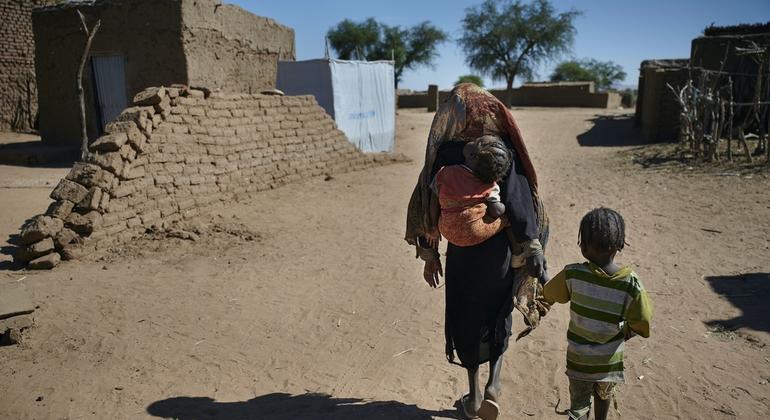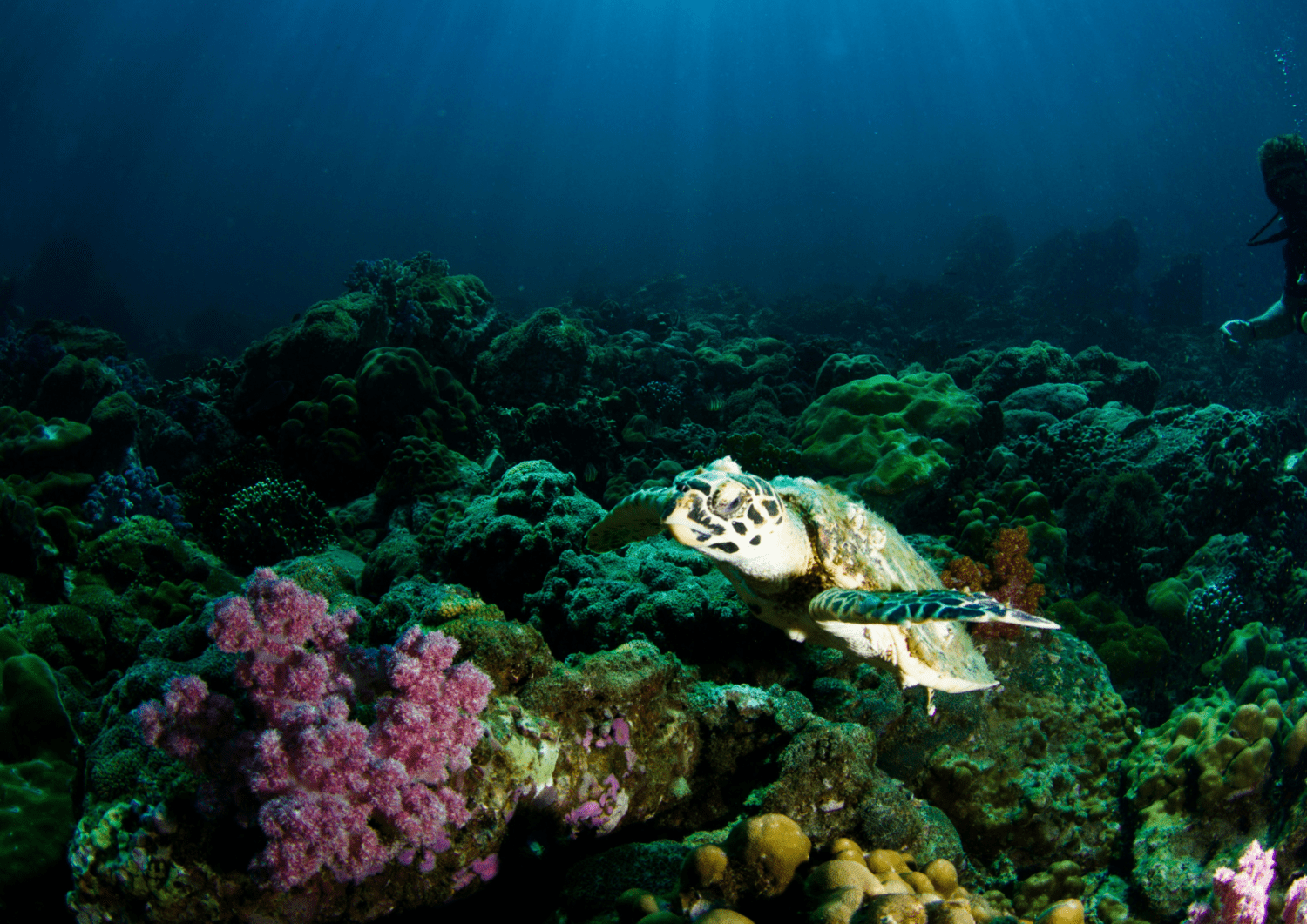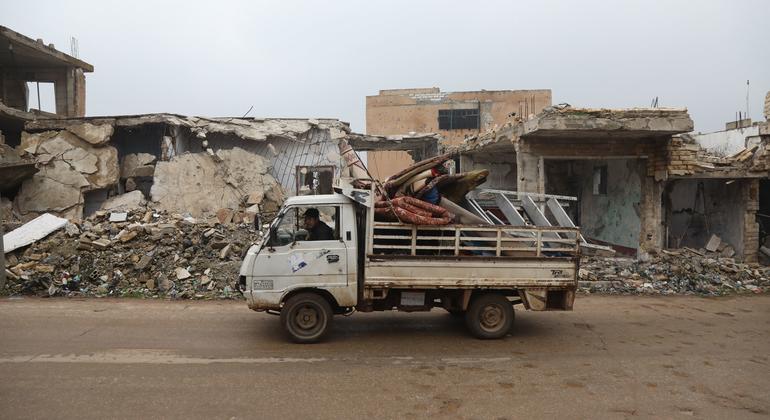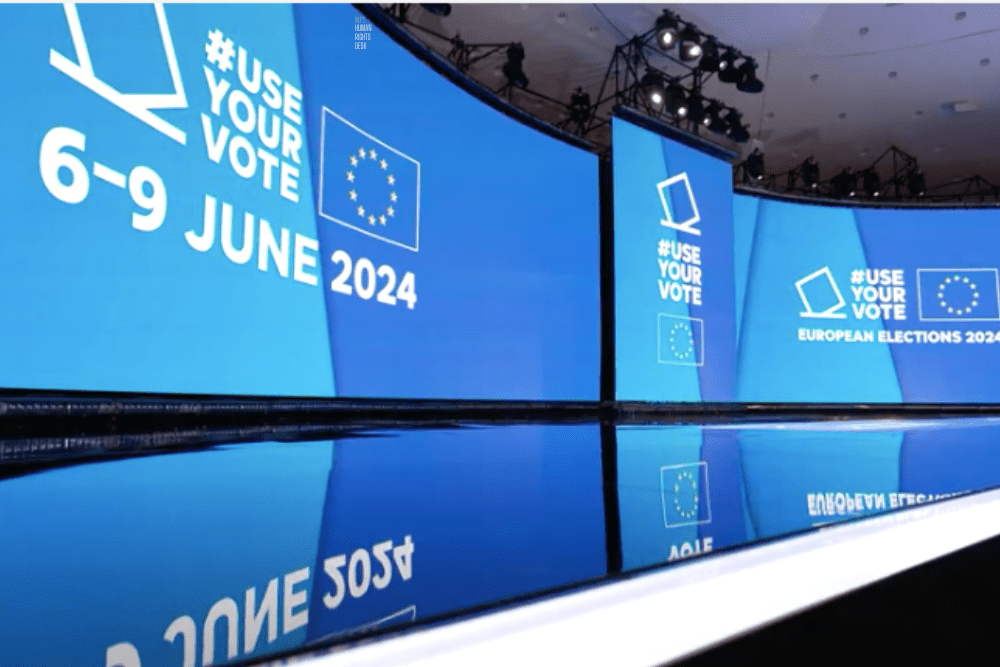Provisional European election results can only be published after 23.00 CEST, when the last voting polls in Italy have closed. Before, Parliament will publish a first set of available national estimates around 18.15 CEST, and a first projection of the new Parliament is expected around 20.15-20.30 CEST (indicative time), based on national estimates, exit polls and pre-electoral voting intentions.
A second seat projection, at around 23.15-23.45 CEST (indicative time), will include the first provisional results from some EU member states, and estimates for the rest.
Updated projections will follow, as Parliament’s services receive information from national authorities. The last updated projection is expected at around 01.00 CEST.
Find here a detailed schedule of estimates and provisional results. All data will be available on the official election results website.
Media briefings at 11.00 and 17.00
Parliament’s press service will brief media at 11.00 and 17.00 from the Parliament’s hemicycle, turned into a pressroom, on the latest information about the election night, as well as on useful data about the Parliament and the organisation of the European elections. Both briefings can be followed in person and via webstreaming.
EbS will run a special programme on the elections starting at 17.30.
On Monday 10 June at 11.00, there will be another briefing on provisional election results and next steps, followed by a press conference by spokespersons of the political groups.
Statements by lead candidates and political groups’ leaders
Representatives of the EP political groups and European parties’ lead candidates for the position of Commission President will speak to the media during the evening. Political groups will also have their press teams available to respond to media requests and facilitate contacts. Find their contact details here.
Political group leaders or representatives are scheduled to address the media around 21.30 (indicative timing, to be confirmed) in reverse order according to their size in the current parliament:
- The Left: Marc Botenga
- ID: not confirmed
- ECR: Assita Kanko
- Greens/EFA: Philippe Lamberts
- Renew Europe: Iskra Mihaylova
- S&D: Pedro Marques
- EPP: Manfred Weber
Lead candidates for the European Commission Presidency will take the floor following the announcement of provisional results, from around 23.45, in the following order:
- EPP: Ursula von der Leyen
- PES: Nicolas Schmit
- Renew Europe Now: Valérie Hayer (tentative)
- European Greens: Bas Eickhout
- European Left: Walter Baier
Audiovisual material on voting from all EU member states is available on EBS and the EP’s Multimedia Centre, including statements from the lead candidates and group leaders voting in their constituencies.
Country-by-country information on the European elections
You can find individual pages on each of the EU member states with details on how the European elections are organised, lists, candidates, including MEPs who are running again for election and previous elections results, via this link.
Media access to the Parliament on election night
Only accredited journalists (holding an EU inter-institutional pass or accreditation to Parliament) will have access to Parliament’s premises on election night. Journalists may collect EP media passes on Sunday 9 June at the Accreditation Centre in front of Parliament (Esplanade Solidarność, office 01F035) from 8.00 and until 23.00.
The Simone Veil entrance (SPINELLI building) will be open from 10.00 to 02.00, while the entrance at rue Wiertz (SPINELLI building) will stay open all day and night.
Only those journalists who were assigned a place in the hemicycle will be able to work from there. The meeting room in front of the plenary chamber (3C050 in the SPAAK building) will also be set up as a press working area, and journalists may also work from the press room in the SPAAK building, on the ground floor.
More than 1 000 media representatives from all over the world will follow election night from the EP in Brussels. Regarding languages, around 148 interpreters will ensure there is interpretation of the event to and into all EU languages, as well as international sign language.
New EP Events mobile app
All journalists covering the European elections on site are encouraged to download the new “EP events” app (available in Google Play and App Store) to get timely information on their phones about everything happening in the Parliament before, during and after the elections, as well as practical information, including passcodes for Wi-Fi connection, opening hours, maps, contacts, links and technical information for audio-visual media.
Parking facilities
Parliament’s carpark will be free for media to use on election night – on presentation of valid media accreditation at the entrance. There will be no need to use the IZIX App that is used during normal parliamentary weeks. It will close at 02.00.
Catering services
The cafeteria next to the hemicycle (SPAAK building, third floor) will be open from 11.00 until the closure of the EP premises (kitchen closes at 22.00).
The press bar on SPAAK’s ground floor will be open from 17.00 to 23.00.
Parliament’s self-service restaurant in the SPAAK building, twelfth floor, will also be open between 12.00 and 23.00, offering sandwiches, salads and warm meals.













